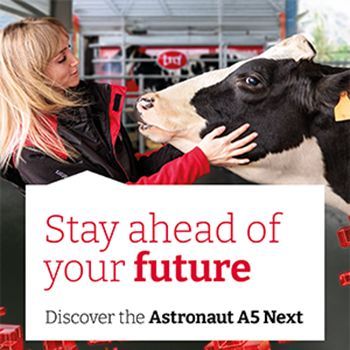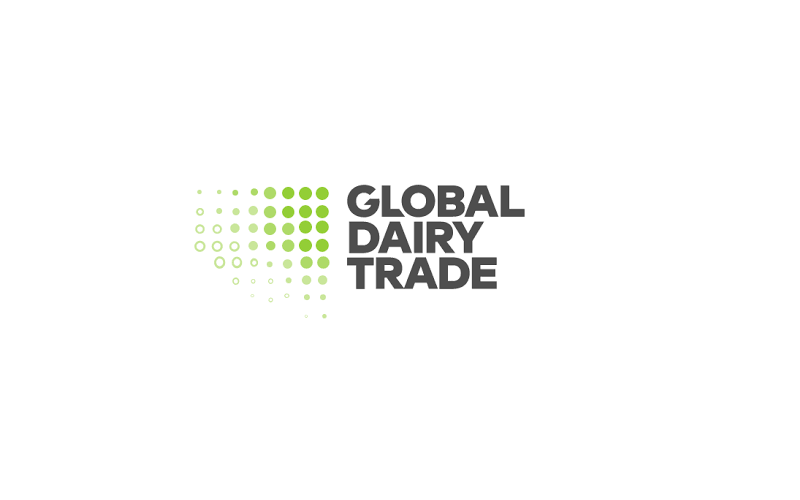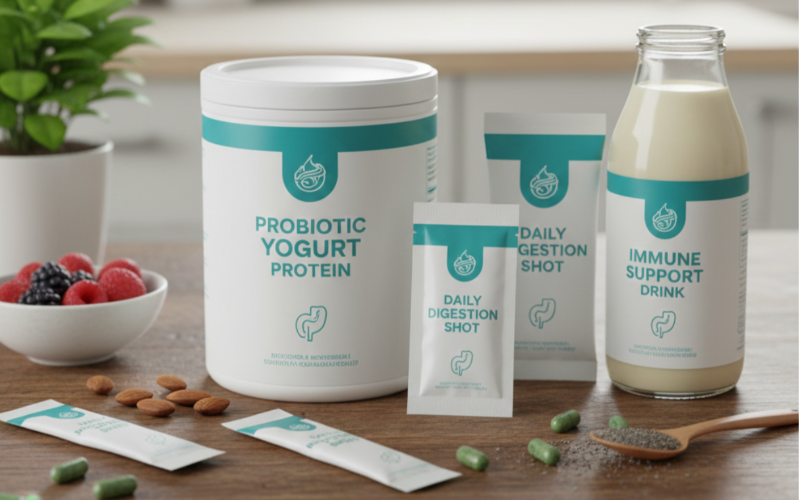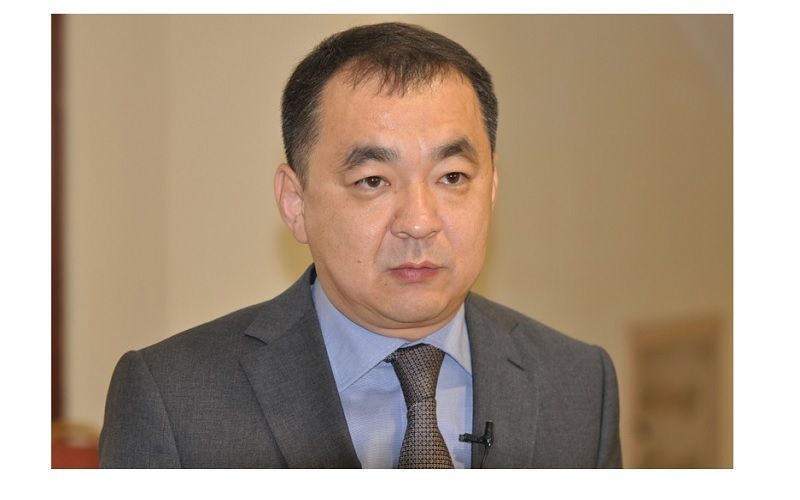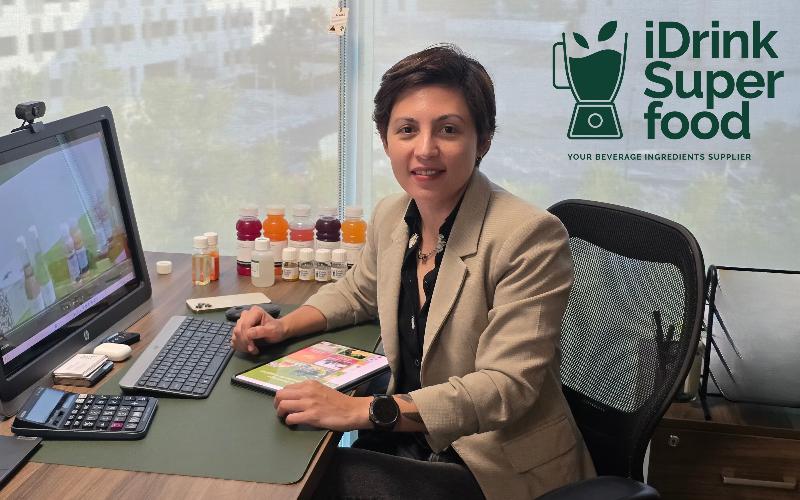Argentina's Genetic Milestone: Importing Bulls from the US after 22 Years
Sourse: dairynews.today
Argentina reopens its borders to high-value genetic livestock from the US, marking a significant shift in its dairy breeding strategy.
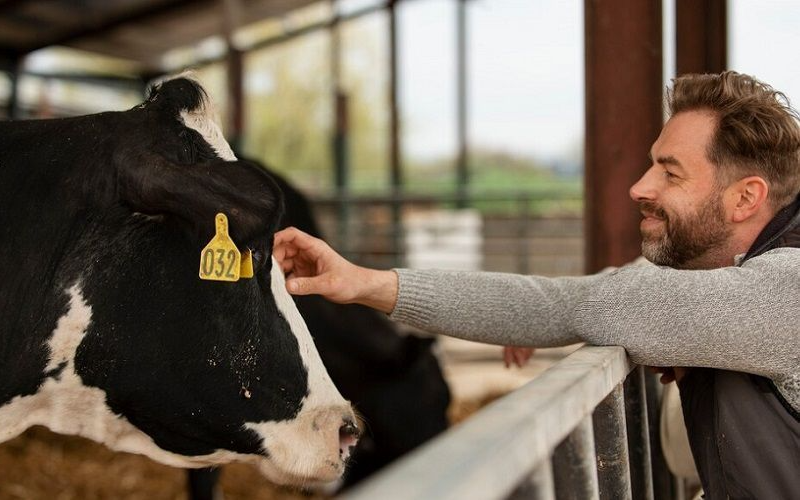
Argentina recently imported a batch of Holstein bulls fr om the United States, marking the first time in 22 years that such a transfer has occurred. This move follows the lifting of an import ban imposed after outbreaks of Bovine Spongiform Encephalopathy, commonly known as mad cow disease, which had affected several countries.
Thanks to a new sanitary agreement, Argentina is now able to import live animals of high genetic value, potentially enhancing the country's dairy productivity. The bulls underwent stringent selection for adaptability to various farming systems, and some possess the 'slick' gene, which may reduce heat stress — an advantage in warmer climates. Upon arriving at Ezeiza International Airport on October 7, the bulls were transported to Argentina's quarantine facility under SENASA, wh ere they will stay for 30 days of veterinary oversight before moving to semen extraction centers for local and international distribution.
This development is seen as crucial for Argentina as it seeks to enhance its dairy industry's scalability, competitiveness, and sustainability through a wider genetic base. However, challenges remain, including ensuring genetic benefits reach smaller producers and maintaining open sanitary and logistical channels.
Thanks to a new sanitary agreement, Argentina is now able to import live animals of high genetic value, potentially enhancing the country's dairy productivity. The bulls underwent stringent selection for adaptability to various farming systems, and some possess the 'slick' gene, which may reduce heat stress — an advantage in warmer climates. Upon arriving at Ezeiza International Airport on October 7, the bulls were transported to Argentina's quarantine facility under SENASA, wh ere they will stay for 30 days of veterinary oversight before moving to semen extraction centers for local and international distribution.
This development is seen as crucial for Argentina as it seeks to enhance its dairy industry's scalability, competitiveness, and sustainability through a wider genetic base. However, challenges remain, including ensuring genetic benefits reach smaller producers and maintaining open sanitary and logistical channels.

